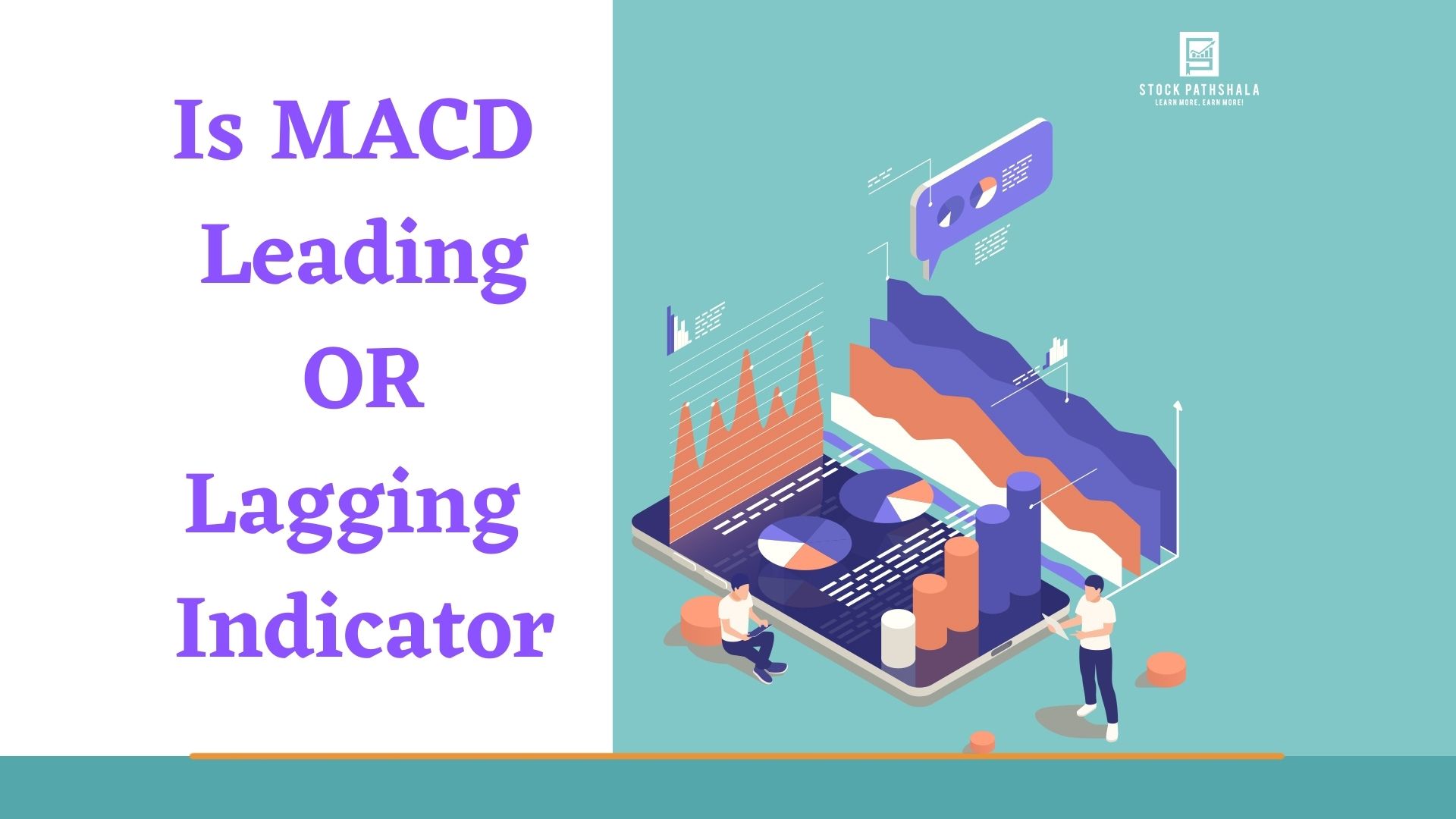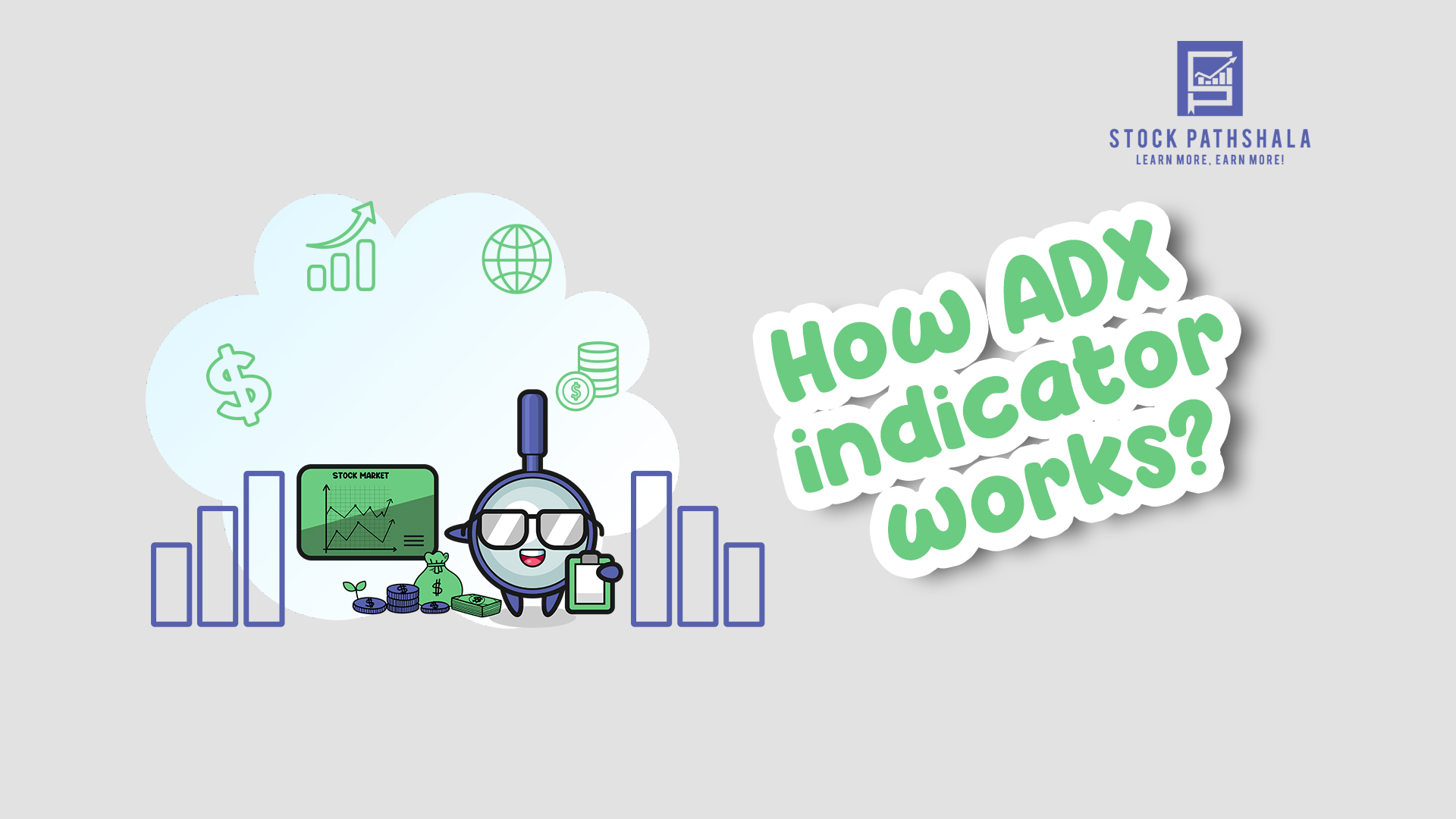RSI or Relative Strength Index is one of the most popular momentum technical indicators used in technical analysis. However, to get the most accurate signals, these indicators must be used in combinations and here we’ll talk about the best indicator with RSI!
Now as you know that technical indicators indicates the possible trend reversals in the stock chart patterns.
But relying on one single indicator to make buying or selling decisions, do you think is a good idea?
A single indicator like the RSI indicator buy and sell signals help you in taking the right position, but using it alone can mislead the traders by giving the wrong indication about the upcoming trend.
To make the analysis easier and to generate the confirmed signals here we are with the detailed information of a combination of indicators that you can use along with RSI.
Best Combination Indicator With RSI
Now before jumping into the context of using a combination or multiple indicators while doing analysis let’s understand the need for it.
With reading between 0 and 100. It is a well-known fact that there are two main signal points in RSI, 70 and 30.
With default settings of RSI, when the value reaches near 70 in the chart, it gives an overbought sign thus giving a selling signal.
While on the other hand when the value reaches around 30 it’s an oversold indication meaning the possible bullish trend is to be followed in the coming time, hence it’s the right moment to buy.
Although it is known to be one of the most accurate technical indicators in technical analysis of the stocks, still there are times when this correctness is compromised.
For example, sometimes, even when the RSI value moves above 30 even then the price continues to drop following the same underlying bearish trend.
And not just that with the bullish trend signal, the stock price stays in consolidated phase misleading signals are thus generated, leading to huge losses to many traders.
 In order to solve the issue, many infamous traders came up with a few combinations of RSI with other types of technical indicators in order to maintain the rightness and forming strategies, complementing RSI anticipating right buy and sell signals.
In order to solve the issue, many infamous traders came up with a few combinations of RSI with other types of technical indicators in order to maintain the rightness and forming strategies, complementing RSI anticipating right buy and sell signals.
To name a here are some combinations of indicators for building an intraday trading strategy:
- RSI MACD Strategy
- RSI Bollinger Bands Strategy
- RSI with Moving Average
- RSI EMA Strategy, and
- RSI MACD Bollinger Bands
Let’s start with the first one.
RSI MACD Strategy
Before getting into strategies it is important to understand the basics of these intraday trading indicators for better technical analysis.
Since we are well aware of RSI, let’s now get to know about MACD, abbreviated as Moving Average Convergence Divergence. This indicator is widely used across the stock market space.
MACD majorly comprises three components namely, the MACD line which is nothing but the difference between 26 days EMA and the 12 days EMA. Now the baseline is to observe the cross overs of the MACD line and the Signal line with respect to the Zero line.
- When the MACD line crosses the Signal line from above it is a strong sell signal.
- And when the MACD line crosses the Signal line from below it is a good buying signal.
Since MACD is a lagging indicator thus one must always be cautious because it is said that when the underlying trend is bullish in nature, then one must always look for a good buying signal rather than sell and similarly in case of an ongoing bearish trend it is wise to look for a sell signal first.
This is done in order to avoid any misleading signals in the opposite direction.
Now how this is the best indicator with RSI, for this
Bringing together these two technical indicators, we get to see a few facts about the deadly combination that one should keep in mind before reading the charts using this strategy;
One should consider taking any action only when both the indicators show the same signal.
For example, if RSI gives a buy signal while the MACD shows a sell signal or does not give any signal, this is a no-action zone.
Let us try to look into it using the image below:

Here we have a Rolex Rings chart. First set the duration to 15 minutes. Choose RSI and MACD from the list of indicators. In the above image, we can see the crossovers which are MACD and at the bottom, we have the RSI indicator which is a single line.
Now at POINT A: Firstly, the dark coloured line (MACD line) is crossing the red line (signal line) from below and at the same time RSI reading is around 30. In this case, both the indicators are showing a positive signal.
So here how will you make a trade decision?
Although both the indicator are showing a bullish trends, still you should wait for the right entry point.
What is the right entry point or say buying price?
It is when MACD is still in bullish condition and RSI crosses the value of 50.
Meeting these two parameters give you the confirm signal and hence helps you to make the best profit out of the trade.
And at POINT B: The same MACD line crosses the Signal line from above. Also, the RSI reading at the same moment is around 60, thus the higher chances of a trend reversal in the next few minutes.
Similar to the above situation, when both the indicators are depicting the bearish signal and the RSI value crosses 50 from above then you can take the sell position in the trade.
So what do you interpret from the above analysis?
That if you are about to trade in this share, then you must take the buying position at Point A and if you are already holding the position then exiting it at Point B can help you generate good profit.
RSI Bollinger Bands Strategy
Well both RSI and Bollinger Bands are no secret to traders. Bollinger bands just like MACD comprises three components, however, these are entirely different from what we saw in MACD.
Thus, this here is another best indicator with RSI.
In Bollinger bands we have;
- The centre line is the moving average line with a default value of 20 days.
- The upper limit line is the standard deviation with a default value of +2 above the centre line which is the moving average line.
- Whereas the lower limit line is standard deviation with a -2 degree value below the moving average line.
Well talking about the RSI-Bollinger bands combination, this strategy includes 2 other strategies based on Mean Reversion.
Here, mean reversion is nothing but the condition when the stock price is expected to go up or down and then return to the average.
Strategy 1:
Now in the case of strategy 1, we look at the candles indicating closing price outside the upper and lower limit lines.
So when the price closes outside the upper limit line of the Bollinger band, one should look for a sell signal.
On the other hand, when the price closes outside the lower limit line, a buy signal must be observed.
Since we know there might be many exceptions, especially when the two lines drift apart and the range expands, it is hard to find the right moment to make an entry. In order to maintain accuracy, an RSI indicator is used to confirm the signals generated.
So, to take any action, wait for the RSI to hit an extreme value.
In case of a buy signal, wait for RSI to hit at least 25 and in case of a sell signal wait until RSI reaches a minimum of 75.
Another fact one should consider before using this strategy is that never react to strong trends. It is wise to let the strong trend pass and then look for any signals.
For example, in case the price is stuck in a narrow range for some time duration and then all of a sudden breaks out of it in either direction, it is hugely possible to see a strong trend, in that case, just WAIT! To avoid misleading signals.

In the above image, we have the KPRMILL chart. Now as per strategy 1,
At point A: We have a candle protruding outside the upper limit line of the Bollinger band and the corresponding RSI also shows an extreme value of 75 approx, thus clearly showing a SELL signal.
At point B: it’s the red candle peeking outside the lower limit line of the band with an RSI value being around 20, which is an extreme value and thus we can look for a clear BUY signal.
Moving on,
Strategy 2 :
Whereas in the second strategy we use the same concept of Mean Reversion quite differently.
Sometimes we see the loss of momentum in the charts as the size of the candles continue to decrease or change. In case when sellers are seen a lower price is formed but then pullback happens and the price shoots up.
Post this temporary fluctuation, again a dip in stock price is observed and thus forming a new lower price. And during the same time period, RSI shows an extremely lower value while second time RSI forms a higher low point.
This scenario on the chart is read as divergence where price makes a lower low with RSI making a higher low resulting in the perfect buying opportunity.
And again one should be aware of precautions before using this strategy;
- Make sure the RSI hits the extreme in the first push down.
- And, Bollinger Bands are clean and wide.
To understand this, let’s look at the KPRMILL chart once again.

In the chart the shaded box exhibits the two points corresponding to points A and B. These points show the moments when the price hit lower outside the lower limit line. Now as per strategy 2;
At Point A: When the price first hit the first lower outside Bollinger band, RSI noted was around 9, extremely low. Post which a slight pullback is seen in the trend with a few buyers, however,
At Point B: Once again a new lower price is seen, however in this case slightly higher RSI value is noted which is about 16, which depicts that trend might go bullish thus bringing in the buying opportunity. Again wait for the right value of RSI and look for price movement in comparison to Bollinger bands.
When both the indicators give you the bullish signal, you can go ahead with the respective trade decision.
So as per the above chart, where should you take a buy position?
It is just near the stock value of ₹350, where RSI is crossing the value of 50 and moving average line (yellow line) of the Bollinger band.
Thus this situation is known as divergence when stock price forms a lower low while RSI on the other hand forms a slightly higher low, resulting in the possibility of a bullish trend in future.
RSI EMA Strategy
And last but not the least, we have another best indicator with RSI, Exponential Moving Averages.
Since EMA is all about the cross over in which there are two moving average lines out of which one is called the fast-moving average line and the other one is called the slow-moving average line.
Here the crossover strategy remains the same;
- When a fast-moving EMA line crosses the slow-moving line from below, it gives a buying signal and on the other hand,
- When a fast-moving EMA line crosses the slow-moving EMA line from above, it gives a sell signal.
However, there are times when this crossover fails to generate any significant signal or depicts misleading signals, for example when the price shows no proper trend and basically stays in almost stagnant mode.
So, in that case, understanding the proper trend becomes difficult for the trader, and thus in order to solve the issue, RSI is used with EMA to understand the overbought and oversold situation in the underlying trend.
Well as per strategy, one should consider taking buy or sell signals only when proper crossover happens with a single point of intersection and the RSI at the same time need to be either below 30 or above 70.
Let us take a look at an example to understand the strategy in a better way.
Here we have the AAVAS Financiers Ltd chart:

In the above image,
At Point A: The blue line which is the fast-moving EMA line with length 9 crosses the Yellow line, slow-moving EMA line of length 26 from below and at the same time we get an extreme value of around 70 clearly giving a signal to go long.
And,
At Point B: The same blue crosses the yellow line from above with the RSI value dropping to 25 and thus giving a clear SELL signal.
Now one should note that, while using this strategy the trader must adjust the inputs as per their own trading style and needs.
For example in the above example, the length of RSI has been set to 5 while the default value is 14 and in EMA the lengths taken are 9 and 26 while the default value for any EMA in the chart is 9.
You can also use RSI with SMA, however, the only difference lies in choosing the correct time frame. This is because of a difference in both where EMA gives more weightage to the current price.
To choose the right time frame in the chart refer SMA vs EMA to understand how they both differ from each other.
Conclusion
Finally, we have learnt about different trading strategies and the best indicator with RSI. Yet one should always remember that the values of inputs differ for every trader based on the stock they pick.
Hence to be sure and avoid any unnecessary losses, one must do their own analysis based on their trading needs and financial goals. Apart from the above-mentioned indicators, there is another called Average Directional Index which can also be used along with RSI to give you information on the strength of the trend.
Learn how ADX indicator works and make the best use of it in stock market trading.
To grab a better idea, it is good to take the technical analysis course and earn more profit and money in the share market.
Before investing capital, invest your time in learning Stock Market.
Fill in the basic details below and a callback will be arranged for more information:








